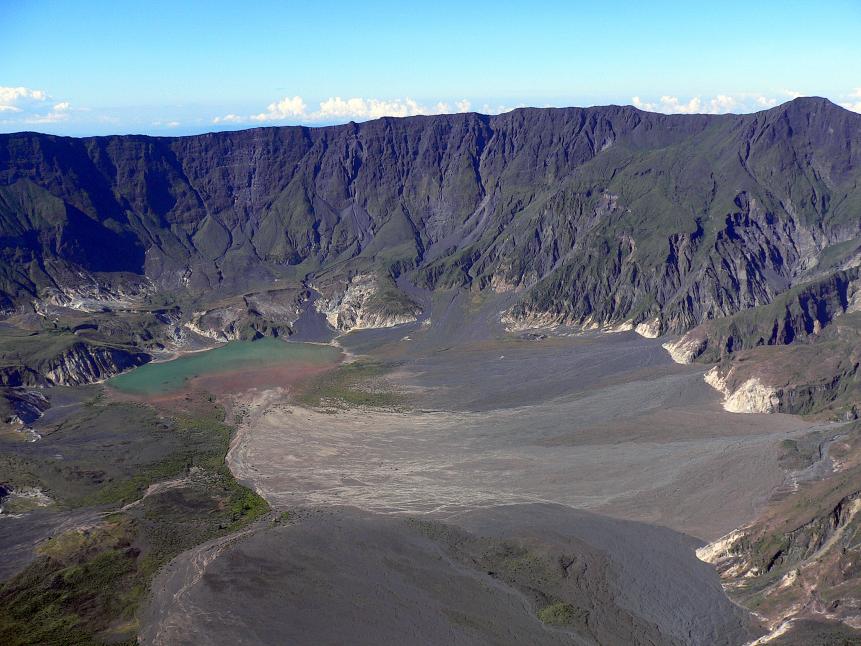One volcanic explosion can impact the entire world scientists believe the 1815 explosion of mt tambora led to climate change crop failure and starvation across asia europe and the americas

The Impact of a Volcanic Explosion: Unleashing Global Chaos

Volcanic eruptions are awe-inspiring natural phenomena that can shape the world we live in. With their immense power, they can unleash devastating impacts not only locally but also on a global scale. One such explosion that stands out in history is the catastrophic eruption of Mount Tambora in 1815, which led to far-reaching consequences that affected continents thousands of miles away.
Scientists have long believed that the eruption of Mount Tambora caused significant climate change, crop failure, and starvation across Asia, Europe, and the Americas. This colossal explosion, located in present-day Indonesia, was one of the most powerful eruptions ever recorded. To this day, it continues to serve as a stark reminder of the incredible power of nature and its ability to wreak havoc on a global scale.
The eruption of Mount Tambora began on April 5, 1815, and reached its climax on April 10 with a colossal explosion that unleashed an unimaginable amount of volcanic ash, gases, and rocks into the atmosphere. The sheer force of the eruption sent material over 43 miles into the sky, with ash clouds blanketing nearby regions in darkness and raining down ash as far as 1,200 miles away. The explosion’s immediate impact was devastating, killing tens of thousands of people and wiping out entire villages near the volcano.
But the consequences of the Tambora explosion did not end there. The massive eruption injected an enormous amount of sulfur dioxide (SO2) and other gases into the stratosphere, forming a dense volcanic aerosol cloud that circled the globe. The aerosol cloud blocked a significant amount of sunlight, leading to a drop in global temperatures. The year that followed, 1816, later became known as the “Year Without a Summer” or “Eighteen Hundred and Froze to Death” due to the severe climatic anomalies it brought.
The cooler temperatures resulting from the Tambora eruption led to widespread crop failures and food shortages. In Asia, heavy monsoon rains combined with the cold weather caused colossal crop losses, triggering famine and starvation. Europe, known for its reliance on agriculture at the time, experienced similar devastation. Unseasonal frost and snowfall destroyed crops, and famine spread across the continent, affecting millions of people.
The impact was not limited to Asia and Europe. The volcanic aerosols dispersed around the globe circled the Earth, affecting weather patterns and causing abnormal climate conditions in the Americas. The United States suffered from severe frosts throughout the summer, with snowfall recorded in July in some places. Crop failures ensued, triggering food shortages and increased food prices, especially in the northeastern states.
These interconnected disasters caused by the Tambora eruption exemplify the intricate relationship between natural events and human societies. A single volcanic explosion thousands of miles away can disrupt weather patterns, alter global temperatures, devastate crops, and ultimately lead to widespread famine and suffering. The scale of the Tambora catastrophe serves as a grim reminder of the potential consequences of volcanic eruptions and highlights the need for preparedness and understanding of our planet’s intricate dynamics.
Sources:
Related Posts
Quick Links
Legal Stuff

